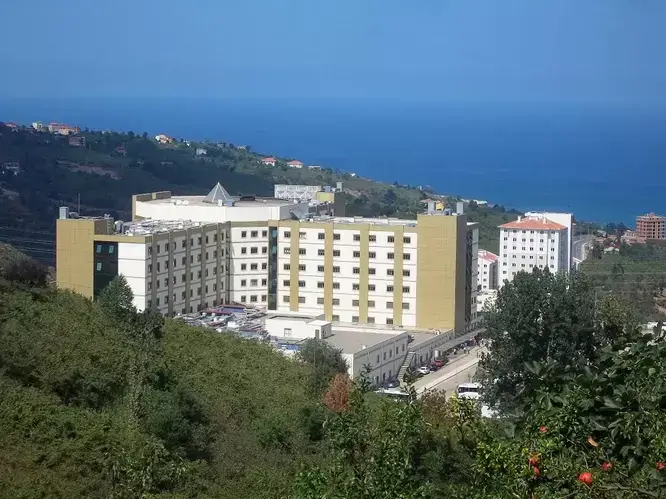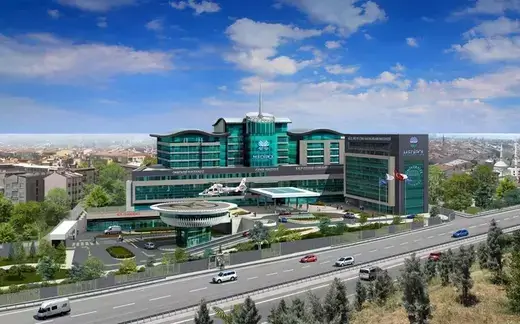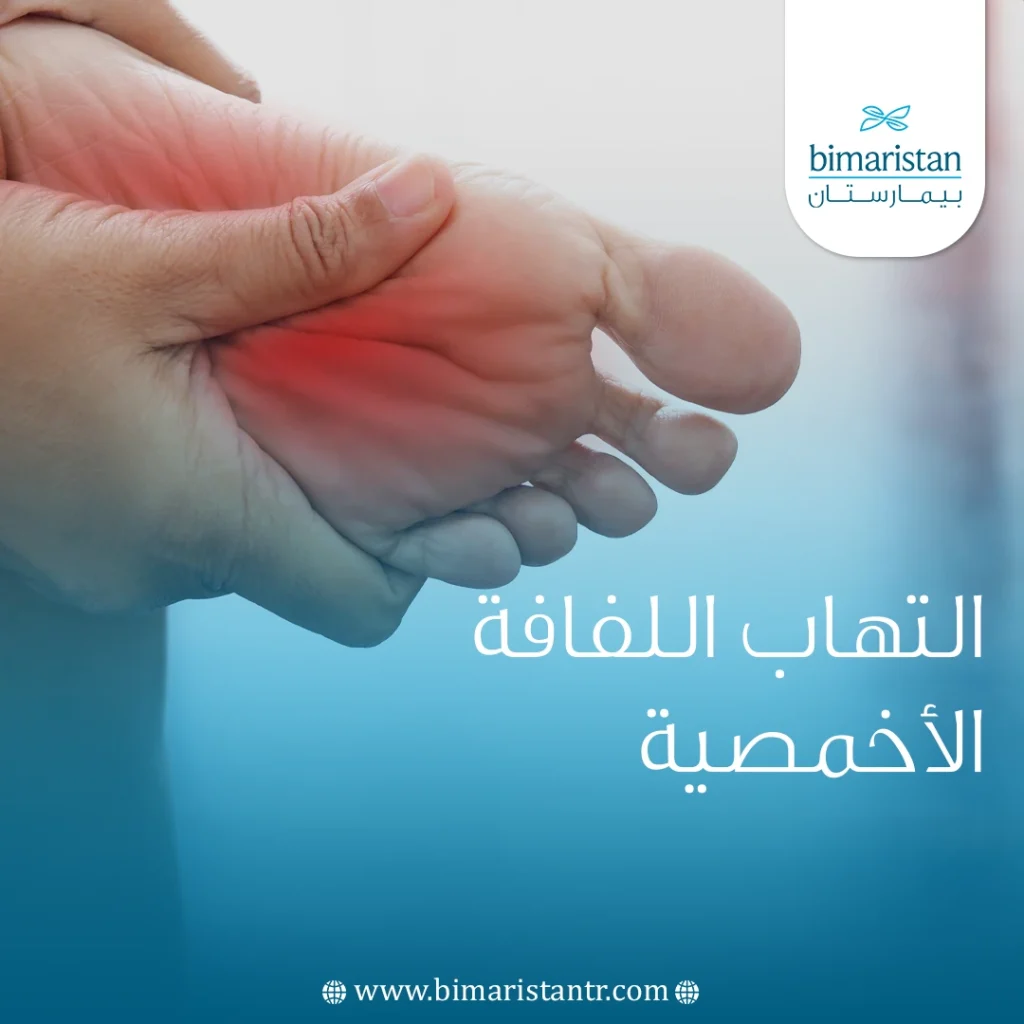التهاب اللفافة الأخمصية هو ألم في أسفل القدم في منطقة كعب القدم أو أمام الكعب بسبب تمزق في الرباط الأخمصي. يتم علاج اللفافة بطرق عديدة، تابع معنا لتتعرف عليها.
لمحة عن التهاب اللفافة الأخمصية
يعد الألم الذي يحدد حركة الشخص ويمنعه من القيام بمهامه هو الأسوأ. يؤدي التهاب اللفافة الأخمصية إلى ألم شديد في أسفل القدم عند مَنطقة الكعب يمنع المريض من المشي.
يتألف أخمص القدم عند الإنسان تحت الجلد من وسادة شحمية سميكة تساعد على حمل ثقل الجسم، يليها اللفافة الأخمصية التي تدعم القدم أثناء المشي.
تكون اللفافة الأخمصية على شكل رباط عريض يصل بين كعب القدم ومنشأ الأصابع، تكون هذه اللفافة مرنة وقابلة للتمطط وتحمل الضغط المطبق عليها (مثل وزن الجسم).
يحدث مرض التهاب اللفافة الأخمصية Plantar Fasciitis نتيجة حمل زائد أو مشي بطريقة خاطئة وغير مريحة، مما يؤدي لحدوث تمزقات والتهابات فيها فيحدث ألماً شديدًا في باطن قدم المريض.
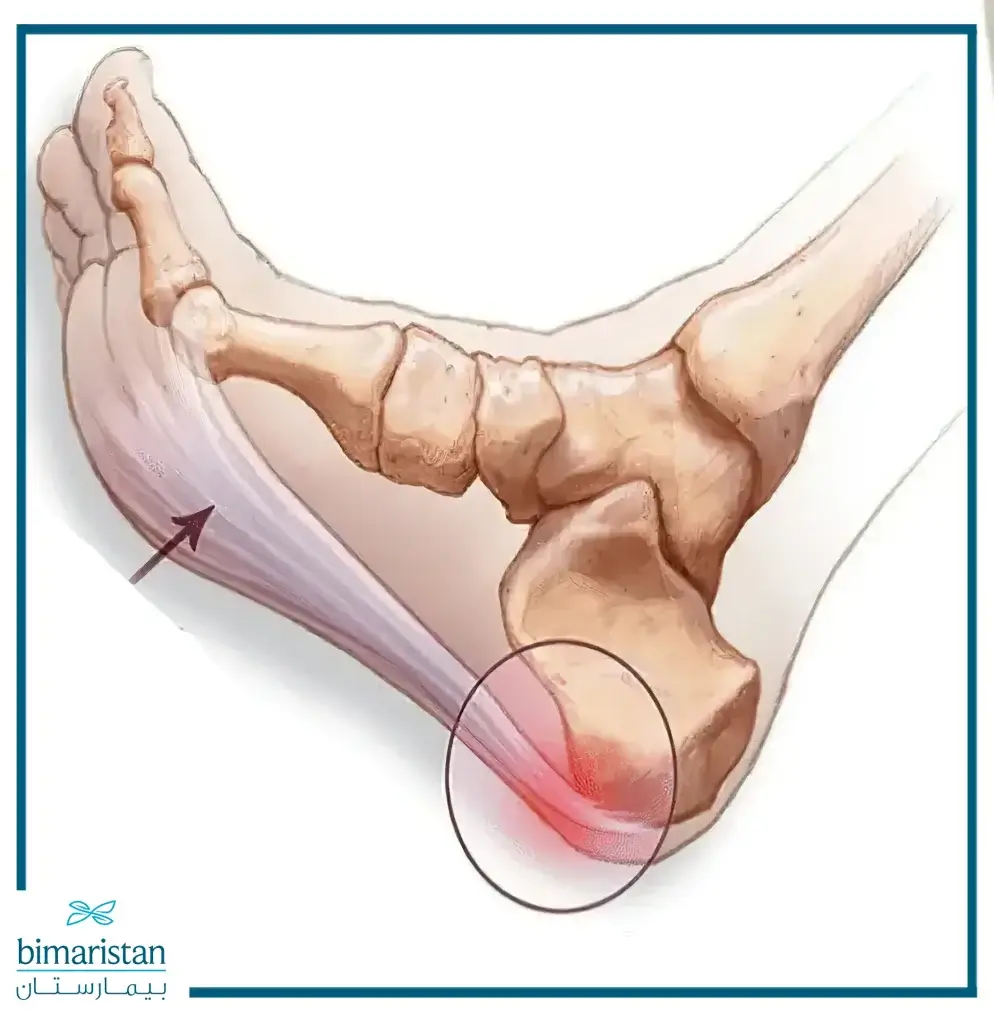
يَتم اتباع اساليب عديدة لعلاج التهاب لفافة أخمص القدم من أجل تخفيف الأعراض الناجمة عنها، لكن يبقى العلاج المحافظ والراحة مع العلاج الفيزيائي الأساس في المعالجة في التهاب اللفافة الأخمصية.
أعراض التهاب اللفافة الأخمصية
تشتمل أعراض التهاب اللفافة الأخمصية على الألم الأخمصي Plantar. الذي يتصف بكونه حاداً في منطقة كعب القدم ويتطور تدريجياً. قد يلاحظ أمام الكعب أي في منتصف باطن القدم.
يمتد هذا الأَلم إلى أعلى الكعب ويعيق المريض عن المَشي. أسوأ ما يكون عليه ألم التهاب لفافة أخمص القدم عند الاستيقاظ مع الخطوات الأولى في اليوم والتي تكون مؤلمة (ألم أسفل القدم عند الاستيقاظ)، أو بعد الراحة لفترة طويلة.
لا يَتم الشعور بالألم أثناء الجهد ويشتد بعده فورا عند الراحة. يغلب على الألم إصابته لقدم واحدة وفي حالات قليلة يصيب كلتا القدمين معاً وبسبب تصلب الكعب يصبح صعود الدرج صعباً.
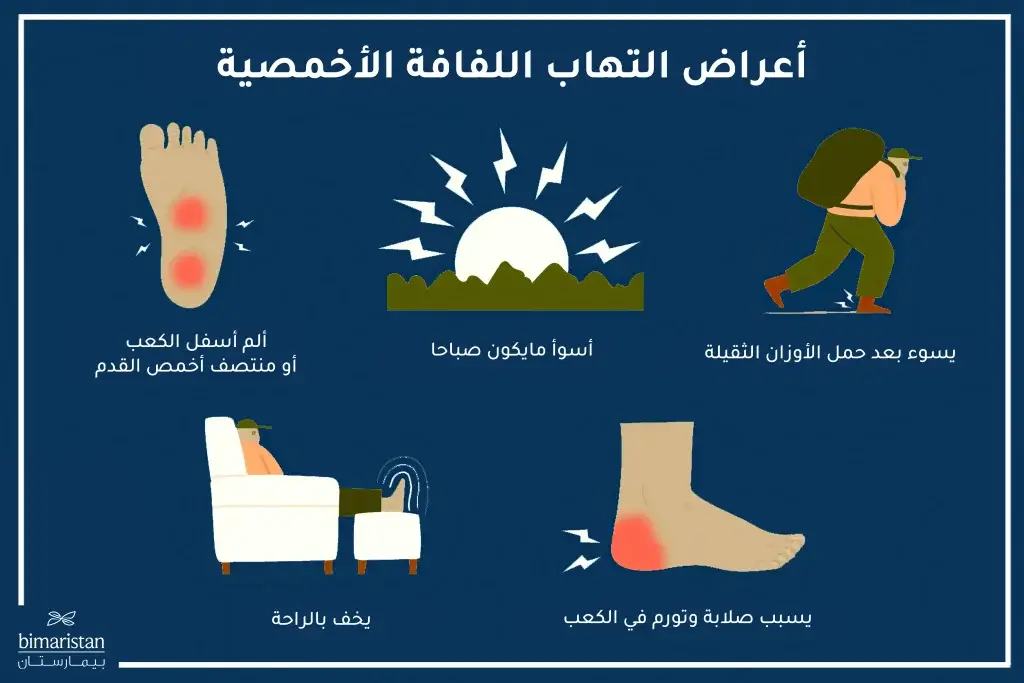
أسباب التهاب اللفافة الأخمصية
يكون السبب الرئيسي للألم في التهاب اللفافة الاخمصية هو تمزقات صغيرة في الرباط الداعم المكون لها نتيجة الشد والتمطيط المفرطين بسبب كثرة استخدام هذا الرباط وبالتالي يصيب مكان هذه التمزقات الالتهاب الذي تسبب الألم في الكعب.
لا علاقة لوجود نتوء عظمي في القدم (مسمار الكعب أو المهماز العقبي) بألم التهاب اللفافة. سابقاً كان هذا الاعتقاد سائداً لكن تم اكتشاف أن نسبة قليلة جداً ممن لديهم نتوء عظمي في عظام القدم يعانون من الألم ولا علاقة لالتهاب اللفافة الأخمصية به.
من مؤهبات التهاب اللفافة الأخمصية نذكر ما يلي:
- الجنس: النساء أكثر عرضة من الرجال.
- العمر: يشيع التهاب اللفافة الأخمصية في الأعمار بين 40 و70 عامًا.
- ارتداء أحذية غير مريحة أو غير داعمة لقوس أخمص القدم وبالتالي تؤدي لضغط زائد على رباط لفافة الأخمص.
- زيادة الوزن: بسبب زيادة الحِمل على القدمين وبالتالي على الرباط عند الكعب.
- الرياضيون: أكثر شيوعاً عندهم. خاصة المتسابقون في الماراثونات.
- تشوهات أخمص القدم: من أهم الأمراض هنا القدم المسطحة وقَوس القدم العالية.
- الحمل: قد تحدث بعض نوبات ألم أخمص القدم جراء التهاب اللفافة أثناء الحمل.
- وتر القدم من الخلف المشدود: -يسمى وَتر أشيل- وفي حال كان زائد الشد قد يُؤدي لحدوث التهاب لفافة أخمص القدم.
- المهنة: هنالك بعض المهن التي تتطلب الوقوف على القدمين لساعات طويلة مؤدية لالتهاب اللفافة الأخمصية وألم الكعب بسبب ضغط الوزن لفترة طويلة.
تشخيص التهاب اللفافة الأخمصية
يشخص الدكتور مرض التهاب اللفافة الاخمصية سريرياً من خلال سؤال المريض عن الأعراض التي يعاني منها وإجراء بعض الفحوصات السريرية في العيادة.
لكن ذلك لا يمنع من طلب بعض الصور الشعاعية مثل التصوير بالأشعة السينية لنفي الكسور أو النتوءات العظمية حيث قد تسبب ألمًا يشابه ألم الكعب الموجود في التهاب لفافة القدم.
قد نحتاج أحياناً للإيكو أو التصوير بالرنين المغناطيسي كي نكشف وجود تسمك باللفافة ونثبت تشخيص التهاب اللفافة الأخمصية في حال اشتبه علينا التشخيص في البداية.
علاج التهاب اللفافة الأخمصية
يَتم علاج التمزق في الرباط المشكل للالتهاب لفافة أخمص القدم وألم الكعب غالباً في المنزل باستخدام علاج محافظ. في الحالات المزمنة قد نلجأ لإجراءات أكثر صرامة ويمكن إجراء عمليات جراحية في تركيا للحالات المستعصية على العلاج التقليدي.
العلاج المحافظ
وهو علاج التهاب اللفافة الأخمصية في المنزل دون الحاجة للطبيب. ويعتبر الخط الأساسي في العلاج سواء تم إشراكه مع علاجات أخرى أو تم الاعتماد عليه وحده، ويتضمن ما يلي:
- الراحة: وهي الأكثر أهمية في علاج ألم كعب قدم المريض في التهاب اللفافة الأخمصية، وذلك كي نعطي فرصة لشفاء التمزقات في اللفافة أو الأوتار عبر تقليل الضغط عليها. حيث أن المشي وزيادة الضغط عليها يزيد التمزق سوءاً ويحدث زيادة في التهاب نسيج اسفل القدم.
- مسكنات الألم: ومن أشيعها مضادات الالتهاب غير الستيروئيدية مثل الإيبوبروفين.
- الأحذية الطبية: من المهم كثيراً ارتداء أحذية ذات نعل يدعم قوس القدم كونها تخفف الحمل عن لفافة الأخمص وبالتالي تمنحها الفرصة لتتعافى.
- المشدات أو الجبائر أو الجوارب الطبية: يمكن ارتداء بعض المشدات لدعم قوس القدم وإراحة المريض من ألم التهاب اللفافة الأخمصية.
- كمادات الثلج: قد تفيد في تخفيف ألم الكعب الناتج عن التهاب لفافة أخمص القدم. تستخدم 4 مرات في اليوم كل مرة بمدة 15 دقيقة.
يجب أن يشفى مرض التهاب اللفافة الأخمصية خلال عدة أشهر من العلاجات المنزلية والراحة.
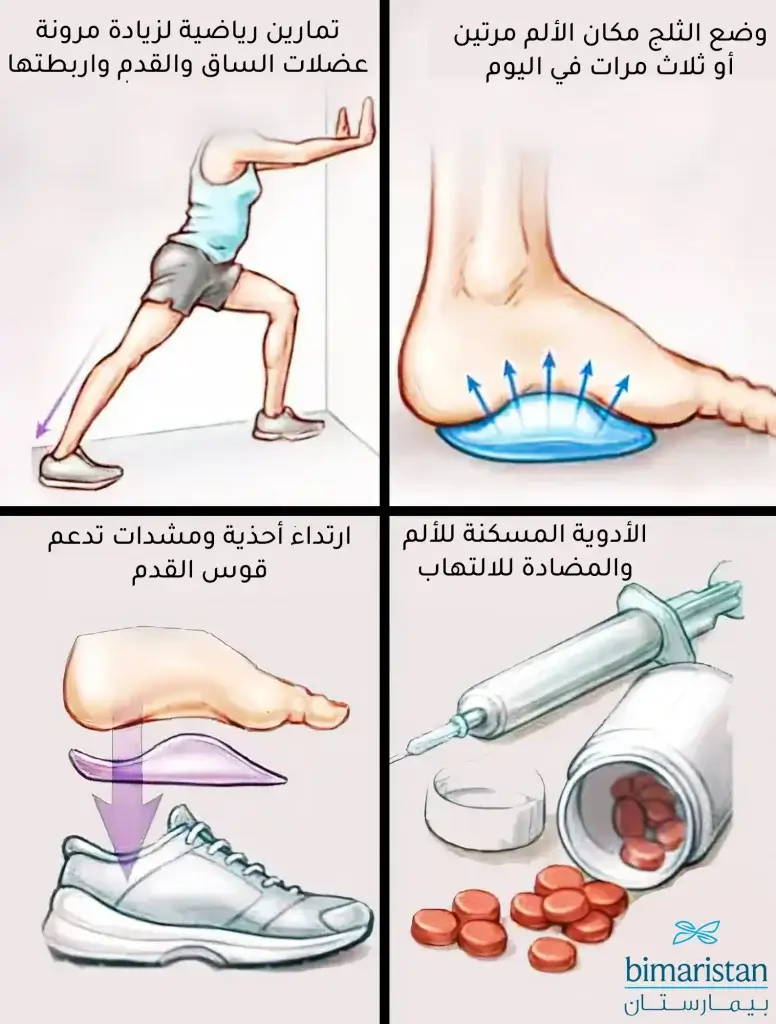
علاج التهاب اللفافة الأخمصية بدون جراحة
وهو المرحلة التالية من العلاج في حال لم ينفع علاج التهاب اللفافة الأخمصية التقليدي أكثر من مرة في تخفيف آلام الإصابة بالتهاب أسفل القدم وإراحتك من ألم كعبك. ويتضمن ما يلي:
العلاج الطبيعي
يتضمن العلاج الطبيعي في تركيا مجموعة تمارين بإشراف مختصين من أجل تخفيف الألم ومنع نكسه، وذلك عبر تقوية العضلات والأربطة في الساق وأخمص القدم من خلال تمارين يحددها لك الطبيب حسب حالتك.

تؤدي هذه التمارين لإطالة وتر آشيل وبالتالي تخفيف الشد عن اللفافة الأخمصية فتقل التمزقات في الرباط المشكل لها ولا تعود آلام الكعب للمريض.
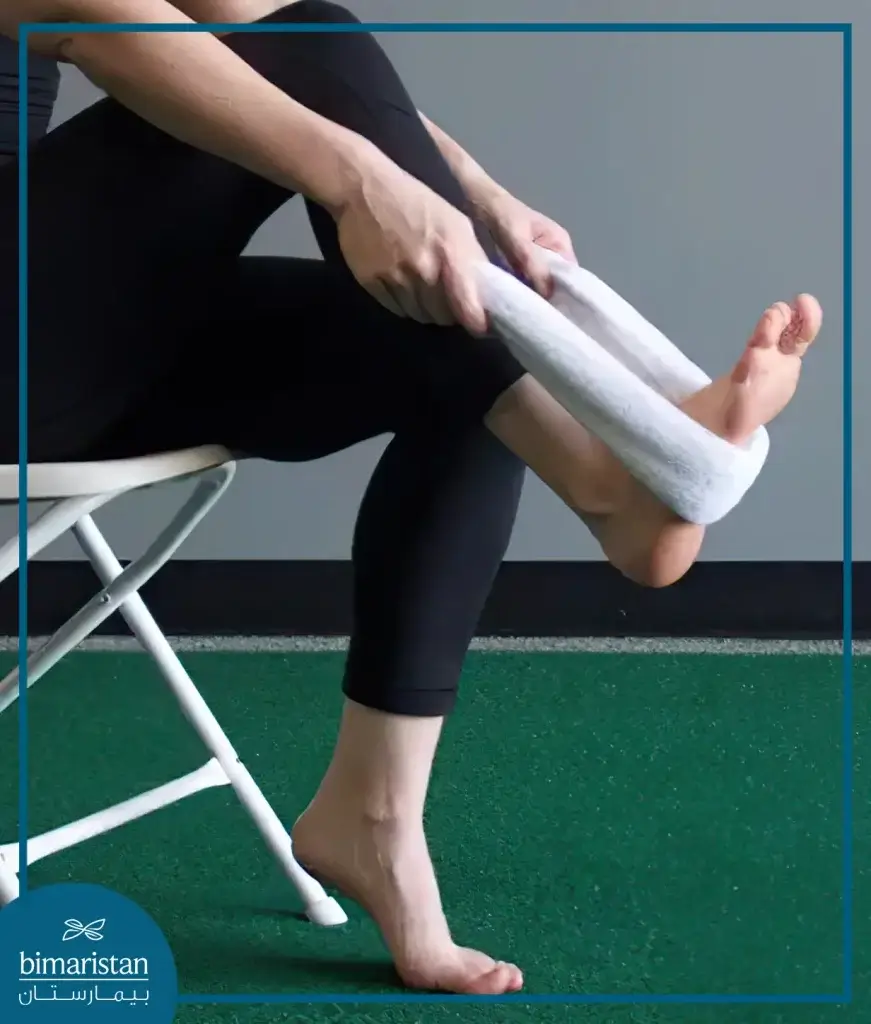
حقن الكورتيزون
يساعد حقن الكورتيزون مكان الألم على تخفيفه، يتم الحقن بمساعدة الإيكو لضمان الحقن في المكان الصحيح في الكعب، لا يوصى بالحقن المتكرر لأن ذلك قد يسبب انقطاع وتخرب في اللفافة الأخمصية.
العلاج بموجات الصدمة فوق الصوتية في تركيا
يعتمد مبدأ العلاج على توجيه أمواج صوتية (تشبه أمواج الايكو) تحفز نمو الخلايا والتئام تمزقات الأربطة الموجودة في كعب المريض وبالتالي الراحة من الألم في الكعب.
يحدد الأطباء في مركز بيمارستان الطبي ما هو خط العِلاج المناسب لحالتك بناءً على الأعراض التي تعاني منها وشدتها. تواصل معنا لتلقي العلاج الأمثل لمرض التهاب اللفافة الأخمصية وألم الكعب.
العلاج الجراحي لالتهاب اللفافة الأخمصية في تركيا
في حال عانى المريض من وجع في أسفل القدم عند الكعب بسبب التهاب لفافة أخمص القدم لمدة 6 حتى 12 شهراً وكان ملتزماً بالعلاج السابق (التقليدي وغير الجراحي) عندها يجب اللجوء إلى الحل النهائي لالتهاب اللفافة الأخمصية وهو الجراحة.
تتضمن الجراحة لعلاج ألم الكعب عند مرضى التهاب لفافة أخمص القدم أكثر من نوع، ولكن أهم نوعين من العمليات هما: إطالة عضلة الساق الخلفية، وتحرير اللفافة الأخمصية.
إطالة عضلة الساق Gastrocnemius Recession
في حال كان مريض التهاب اللفافة يعاني من صعوبة في ثني قدمه بالإضافة لألم الكعب لديه فهذه العملية هي المناسبة له. حيث يؤدي إطالة العضلة والوتر بالعمل الجراحي إلى تخفيف الشد على لفافة الأخمص وبالتالي راحة من الألم، أثبتت هذه العملية نجاحاً واسعاً لدى الكثير من المرضى.
تحرير اللفافة الأخمصية Plantar Fascia Release
تجرى هذه العملية إما بالجراحة المفتوحة أو عبر التنظير. يقوم الجراح فيها بفصل اللفافة الأَخمصية عن عظم العقب وبالتالي تخفيف الشد الحاصل عليها وشفاء الرباط المكون لها بالإضافة إلى علاج ألم كعب القدم لدى المريض. (العقب من العظام المشكلة لرصغ القدم وهو العظم الأكبر بينها ويسمى باللغة العامية الكعب).
قد يكون لهذه العملية بعض الآثار الجانبية التي يتسبب بها قطع اللفافه لذا سوف يتم العلاج بناءً على حالة المريض والإجراء المناسب له.
المصادر:





